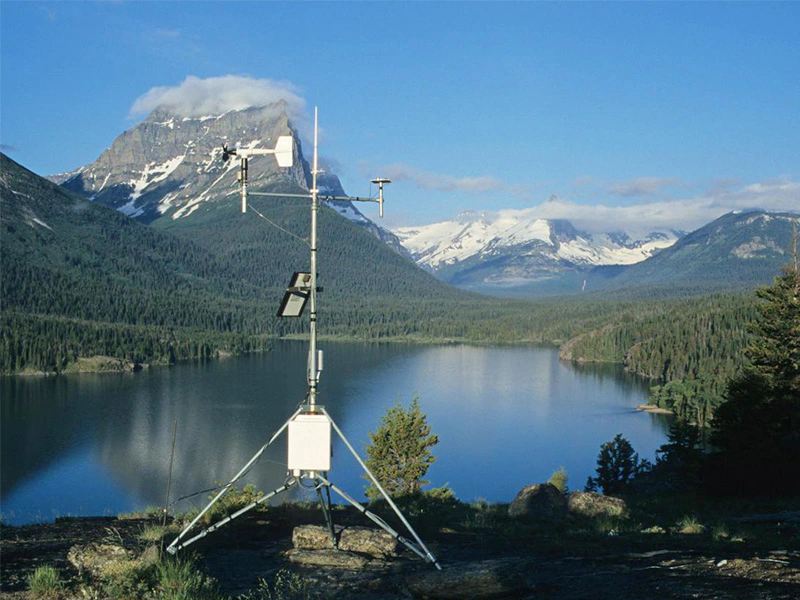
# Meteorological Station: Monitoring Weather and Climate Data
What is a Meteorological Station?
A meteorological station, also known as a weather station, is a facility equipped with instruments and sensors designed to observe and record atmospheric conditions. These stations play a crucial role in collecting weather and climate data that helps scientists, meteorologists, and researchers understand weather patterns and predict future conditions.
Key Instruments at a Meteorological Station
Modern meteorological stations typically include several essential instruments:
- Thermometers for measuring air temperature
- Barometers for atmospheric pressure readings
- Hygrometers to determine humidity levels
- Anemometers for wind speed measurement
- Wind vanes to detect wind direction
- Rain gauges to measure precipitation
- Pyranometers for solar radiation monitoring
Types of Meteorological Stations
Meteorological stations can be categorized based on their location and purpose:
Surface Weather Stations
These are the most common type, located at ground level to measure surface weather conditions. They can be manual or automated (AWS – Automatic Weather Stations).
Upper-air Stations
These stations use weather balloons (radiosondes) to collect data about atmospheric conditions at higher altitudes, providing valuable information for aviation and weather forecasting.
Marine Weather Stations
Located on ships, buoys, or offshore platforms, these stations monitor weather conditions over oceans and large water bodies.
Agricultural Weather Stations
Specialized stations designed to provide weather data specifically useful for farming and agricultural activities.
The Importance of Meteorological Data
The data collected from meteorological stations serves numerous critical purposes:
- Weather forecasting and severe weather warnings
- Climate change research and monitoring
- Aviation safety and flight planning
- Agricultural planning and crop management
- Hydrological studies and water resource management
- Urban planning and architectural design
- Renewable energy production optimization
Modern Advancements in Meteorological Stations
Recent technological developments have significantly enhanced meteorological station capabilities:
Automated stations now transmit data in real-time via satellite or internet connections, allowing for more timely and accurate weather predictions. Many stations incorporate advanced sensors that can detect minute changes in atmospheric conditions. Some modern stations even use artificial intelligence to analyze data patterns and improve forecasting models.
Conclusion
Meteorological stations form the backbone of our weather observation and climate monitoring systems. As technology continues to advance, these stations will become even more precise and valuable in helping us understand and adapt to our changing atmosphere. The data they provide is essential for protecting lives, property, and supporting various economic activities that depend on accurate weather information.
Keyword: meteorological station